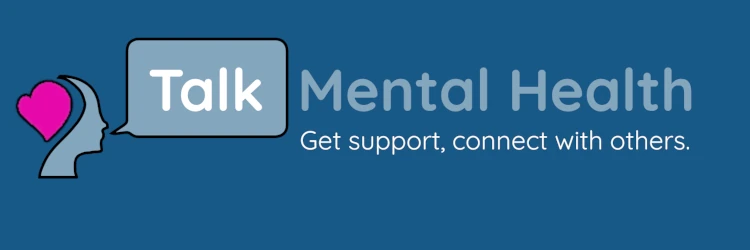
Gender dysphoria (GD) is the distress a person feels due to a mismatch between their gender identity and their sex assigned at birth. The diagnostic label gender identity disorder (GID) was used until 2013 with the release of the DSM-5. The condition was renamed to remove the stigma associated with the term disorder.
People with gender dysphoria commonly identify as transgender. Gender nonconformity is not the same thing as gender dysphoria and does not always lead to dysphoria or distress. According to the American Psychiatric Association, the critical element of gender dysphoria is "clinically significant distress".
The causes of gender dysphoria are unknown but gender identity likely reflects genetic and biological, environmental, and cultural factors. Treatment for gender dysphoria may include supporting the individual's gender expression and role, or their desire for hormone therapy or surgery. Treatment may also include counseling or psychotherapy.
Some researchers and transgender people support declassification of the condition because they say the diagnosis pathologizes gender variance and reinforces the binary model of gender.
Signs & Symptoms
Distress arising from an incongruence between a person's felt gender and assigned sex/gender (usually at birth) is the cardinal symptom of gender dysphoria.
Gender dysphoria in those assigned male at birth tends to follow one of two broad trajectories: early-onset or late-onset. Early-onset gender dysphoria is behaviorally visible in childhood. Sometimes gender dysphoria will desist in this group and they will identify as gay or homosexual for a period of time, followed by recurrence of gender dysphoria. This group is usually sexually attracted to members of their natal sex in adulthood. Late-onset gender dysphoria does not include visible signs in early childhood, but some report having had wishes to be the opposite sex in childhood that they did not report to others. Trans women who experience late-onset gender dysphoria will usually be sexually attracted to women and may identify as lesbians. It is common for people assigned male at birth who have late-onset gender dysphoria to engage in cross-dressing with sexual excitement. In those assigned female at birth, early-onset gender dysphoria is the most common course. This group is usually sexually attracted to women. Trans men who experience late-onset gender dysphoria will usually be sexually attracted to men and may identify as gay.
Symptoms of GD in children include preferences for opposite sex-typical toys, games, or activities; great dislike of their own genitalia; and a strong preference for playmates of the opposite sex.Some children may also experience social isolation from their peers, anxiety, loneliness, and depression.
In adolescents and adults, symptoms include the desire to be and to be treated as the other sex. Adults with GD are at increased risk for stress, isolation, anxiety, depression, poor self-esteem, and suicide. Transgender people are also at heightened risk for eating disorders and substance abuse.
